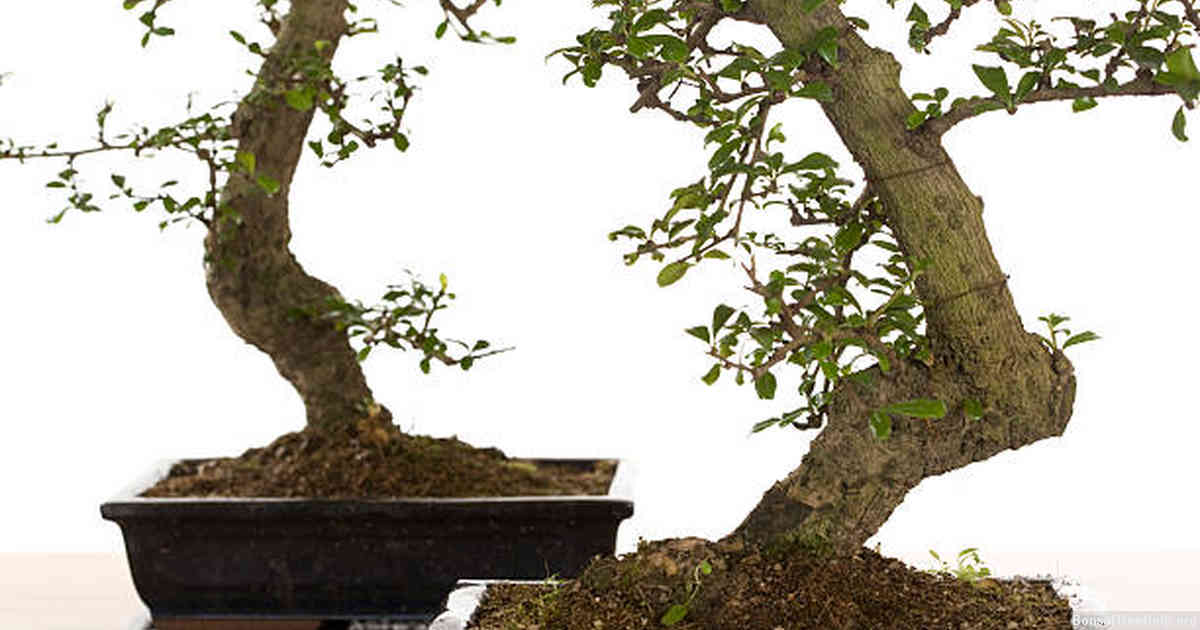
Maintaining a bonsai ficus is relatively easy, but requires dedication and care. First, you will need to ensure your bonsai receives the right amount of sunlight – Ficus prefer bright indirect light, so make sure it is placed in an area where it can receive adequate light without burning its leaves. Proper watering is key – water thoroughly when the top few inches of soil become dry, making sure not to overwater. Regular pruning and trimming will help maintain the desired shape of your bonsai ficus tree. Prune branches that are growing too long or leggy as well as any deadwood on the tree at least twice a year for optimal health and growth.
Contents:
- Understanding the Specific Care Needs of a Bonsai Ficus
- Selecting the Perfect Pot for your Bonsai Ficus
- Watering and Humidity: The Key to Thriving Bonsai Ficus
- Pruning and Shaping Techniques for Optimal Growth
- Maintaining Nutrient Levels through Soil Management
- Addressing Common Pests and Diseases in Bonsai Ficus
- Advanced Tips for Long-Term Maintenance of your Bonsai Ficus
Understanding the Specific Care Needs of a Bonsai Ficus
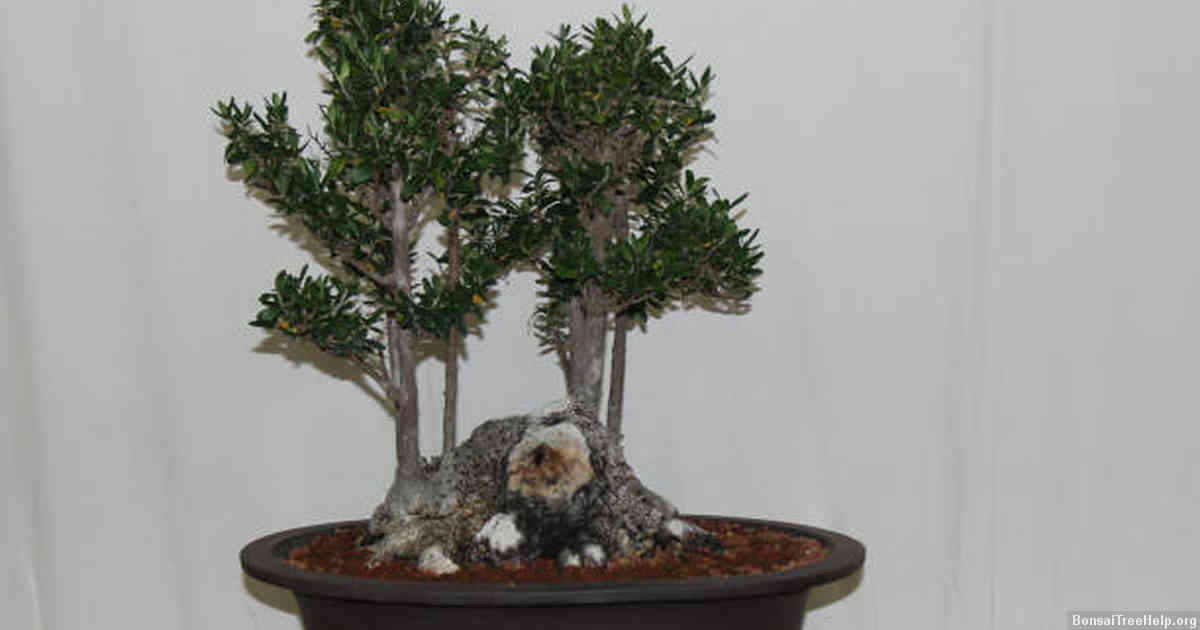
In order to keep a bonsai ficus healthy and thriving, it is essential to understand its specific care needs. A bonsai ficus typically requires frequent watering and light pruning to maintain its shape. To ensure that your tree remains strong, water thoroughly but avoid overwatering as too much moisture can cause root rot or fungal diseases. The amount of water needed will depend on the size of your plant and how hot the environment is. It’s important to monitor moisture levels in both soil and air in order to make sure your plant gets enough hydration without getting too wet.
Light pruning is also key when caring for a bonsai ficus tree. This should be done using very sharp scissors or secateurs, removing any shoots that are growing outside the desired shape of your bonsai’s canopy. Regular pruning helps give structure to the tree by encouraging outward branching while managing size and scale overall. Fertilization should be done once every two weeks during periods of active growth with an organic liquid fertilizer intended specifically for bonsai trees mixed at 1/4 strength recommended by the product label instructions.
Understanding proper lighting requirements is another critical factor when caring for a bonsai ficus tree since they prefer bright indirect light exposure throughout the day alongside adequate humidity levels (around 60%). To help boost humidity you may need to place a humidifier near your plant or place it on top of a layer of pebbles filled with water in shallow saucer tray below it so as not saturate its roots directly with too much water.
Selecting the Perfect Pot for your Bonsai Ficus

When selecting a pot for your bonsai ficus, it is important to consider the size of the plant and how much space it needs. A pot that is too small will prevent your tree from growing fully and may even stunt its growth. It’s also important to think about the style of pot you want – some ceramic pots are decorated with intricate designs while others come in a variety of materials like stone or wood. Depending on how much time you want to spend maintaining your bonsai, you may also choose a pre-potted option which offers convenience but slightly less control over your bonsai’s environment.
One thing to look for when choosing a container for your ficus bonsai is adequate drainage holes in order to avoid root rot or overwatering. If there aren’t enough holes in the bottom of the pot, you can drill more yourself or make use of other creative solutions such as adding gravel at the base of the container before filling it with soil. Be sure to select high-quality soil designed specifically for bonsais so that your tree gets all the nutrients it needs without becoming waterlogged.
Keep in mind that replanting your ficus into new containers every few years will give them room to grow and help them stay healthy over time so make sure any option you choose is one that won’t be too difficult to repot later on down the road.
Watering and Humidity: The Key to Thriving Bonsai Ficus
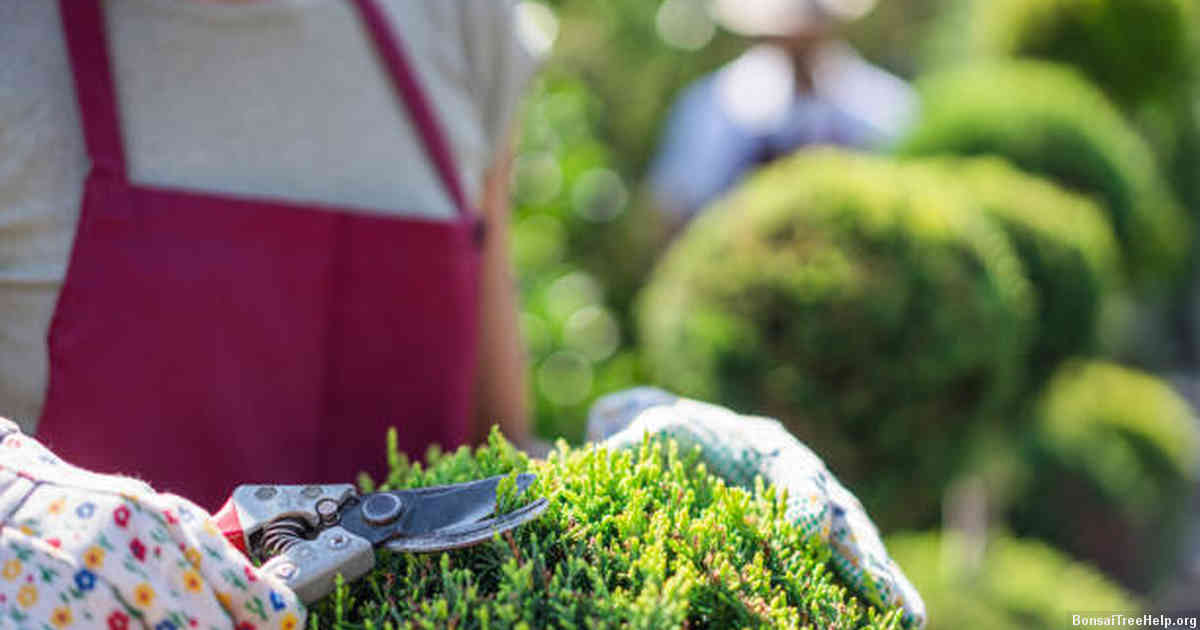
Watering and humidity are essential to keeping a bonsai ficus healthy. The amount of water your tree needs will depend on its size, the climate it is in, and the time of year. Generally speaking, you should aim to keep the soil slightly moist. Too much or too little can be harmful to its health. As an indication, pick up a handful of soil and if it’s dry enough that it crumbles right away when squeezed together, add some water. If there’s still moisture left when you squeeze it into a ball shape, then that’s plenty of hydration for now.
Humidity levels also play an important part in maintaining your bonsai ficus’s health. Ideally your tree would love at least 40% relative humidity but 45-50% is even better – especially during summertime heatwaves. To increase the moisture in the air around your bonsai ficus plant one or two shallow saucers filled with pebbles and water under each pot. This way evaporated water from the saucer will help increase humidity without affecting drainage from above as these deeper reservoirs aren’t connected directly to each other beneath their leaves. Misting often can also help improve levels of atmospheric hydration near them while promoting growth in tiny new shoots that appear periodically along branches.
Make sure your bonsai ficus gets adequate sunlight daily – usually 3 hours is sufficient depending on whether they are indoors or outdoors – as this helps strengthen their cell walls further and ultimately encourages hardier trees overall through photosynthesis’s vital role here too.
Pruning and Shaping Techniques for Optimal Growth
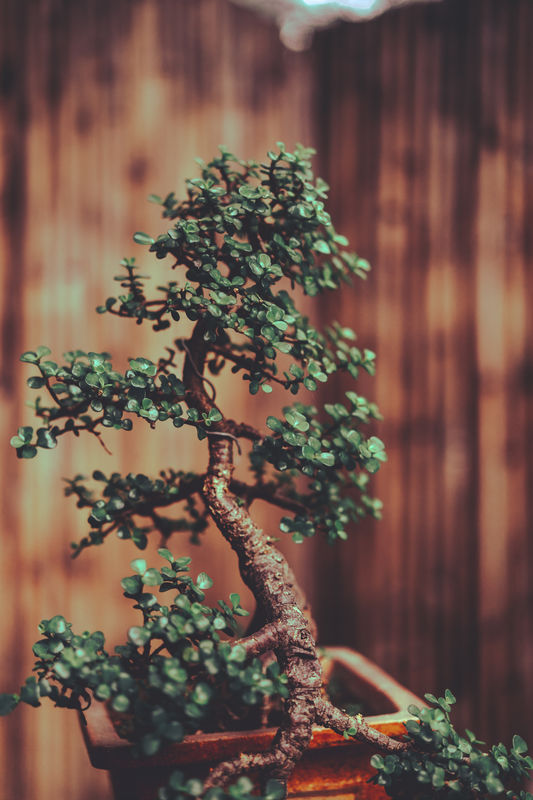
Pruning a bonsai ficus is one of the most essential tasks in its maintenance. To ensure healthy and successful growth, removing leaves that are no longer productive or aesthetically pleasing is important. It also helps keep the plant’s shape and size balanced, allowing it to be kept at a manageable size. This can be done by either pinching or clipping off branches with scissors as needed. When pruning, leave two leaves between cuts so new buds will have enough room to sprout and develop into their own branch when they are ready.
Shaping a bonsai ficus involves making strategic cuts along with other forms of manipulation to achieve desired aesthetic outcomes. One way this is accomplished is by using wiring on young shoots during their early stages of development so they will grow into the desired shape over time; use green anodized aluminum wire for best results. An alternative method for shaping, which can be used regardless of age, includes grafting and thread-wrapping techniques that give different effects than wiring does – but only experienced practitioners should attempt these methods as they require special know-how and precise execution in order to work properly.
Taking proper care of your bonsai ficus requires not only regular pruning but also periodic repotting once every couple years to replace nutrient-depleted soil with fresh mix that contains just the right amount of water retention capacity and drainage properties while also providing enough space for its roots to stretch out unrestrictedly; this also encourages branching activity thus further helping refine its overall structure naturally over time.
Maintaining Nutrient Levels through Soil Management

To ensure proper health and longevity for a bonsai ficus, soil management is essential. Depending on the species of ficus being cared for, there are many soil types available specifically designed to help manage the levels of essential nutrients necessary for the plants’ sustenance.
Organic matter may also be added to soil, such as composted manure or plant materials. These organic sources provide microbes that help break down minerals in the soil so they are easier for roots to absorb and feed off of. Specific fertilizers can be used to amend certain nutrient levels such as nitrogen, phosphorus or potassium if it has been deemed necessary through soil testing results. However care must be taken not over fertilize, as excess amounts can actually damage and even kill plants.
Finally pruning should also take place periodically; this helps keep nitrogen levels low which reduces foliage growth and encourages more stem development needed when caring for a bonsai tree. Removing dead or dying leaves is an important practice that prevents fungal growth in areas with too much moisture where these pests like to thrive in otherwise healthy soils.
Addressing Common Pests and Diseases in Bonsai Ficus
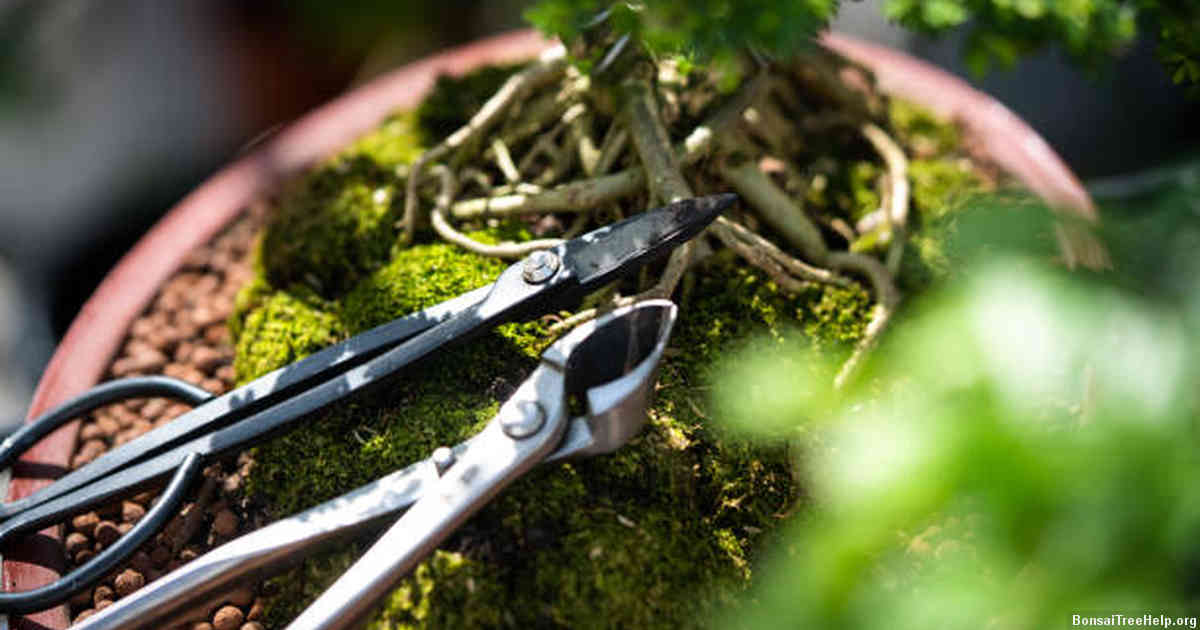
Bonsai ficus require a lot of care and attention to thrive and maintain their aesthetically pleasing shape. Many gardeners face an array of pests or diseases which can threaten the health of their bonsai tree. Fortunately, there are solutions that can keep your prized tree in its prime condition.
Preventing infestations starts with keeping the bonsai ficus clean by wiping down the leaves frequently, especially if there is a lot of dust in the air. While this can help reduce problems from occurring in most cases, serious infestations may require more action such as chemical insecticides or fungicides. These products should only be used when recommended by an experienced gardener as they could potentially harm surrounding plants or pets if used improperly.
In addition to chemical solutions, many organic techniques have been successful at managing pesky critters and disease on a bonsai ficus. Applying pesticide soaps, neem oil treatments and introducing beneficial insects like ladybugs can all help decrease outbreaks on the plant without using harsh chemicals. It’s also important to note that most pests and diseases develop due to poor environmental conditions such as too much moisture or lack of sunlight so regulating these variables for your particular species will also make it more resistant against threats.
Advanced Tips for Long-Term Maintenance of your Bonsai Ficus
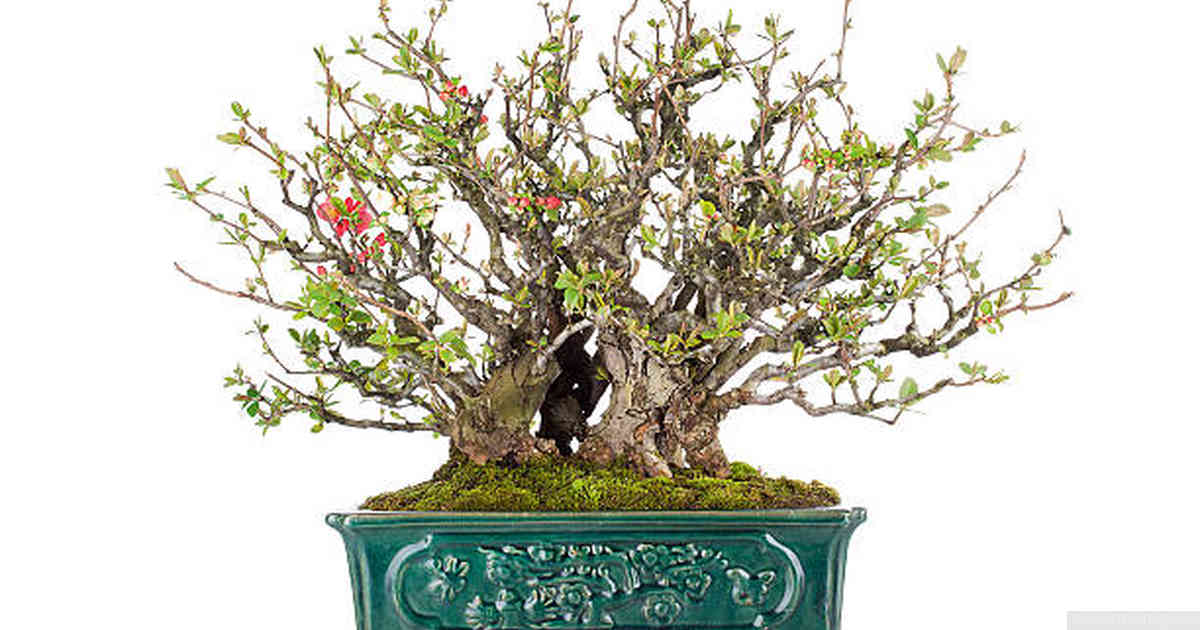
Proper maintenance is a crucial part of keeping a bonsai ficus in top condition for many years. Although pruning and trimming are key components of the regular care routine, there are other advanced tips to ensure the long-term health of your tree.
One good practice to get into is repotting your tree regularly, usually every one or two years. A pot that’s too big can cause root rot, while one too small will inhibit its growth. Choosing an appropriate container size is important when selecting a new pot; bonsai trees should be placed in shallow pots where their roots can be easily seen and examined with each repotting. Be sure to lightly mix soil with coarse material like sand or pumice during this process as well – the combination of ingredients helps keep drainage high and prevents compaction from occurring.
Bonsai ficuses require daily watering so it’s important to maintain a consistent schedule based on local climate conditions (i.e. more frequent during dry periods). Pay special attention to watering needs after repotting and always saturate until water runs out through the bottom drainage holes; light misting won’t cut it. Set up a reliable fertilizing plan – but only use dilute concentrations at certain points throughout the year; overfertilization can damage both foliage and roots of a delicate bonsai tree!
Leave a Reply